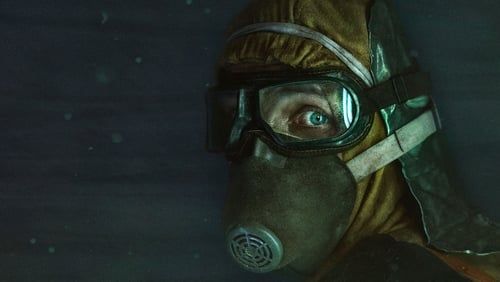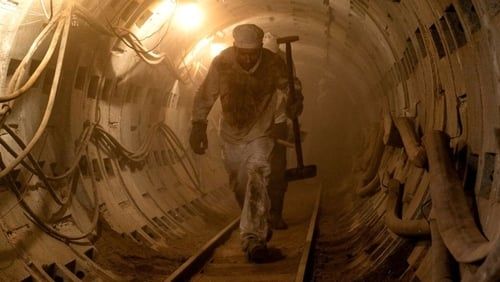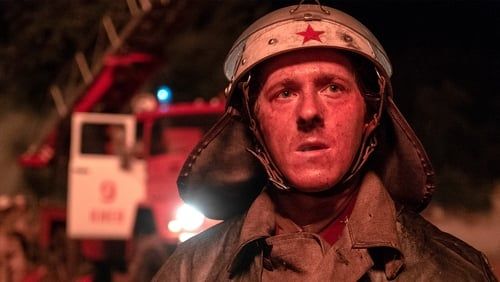On Saturday 28 April 1986, one of the biggest nuclear accidents in the history of the world, the #Chernobyl nuclear accident, occurred. I was still a child at the time of the accident, but I remember the conversations of my family elders about its effects in the following years and until the mid-1990s.
Cancer, whose name was only known, had not yet visited us and our family circle. I do not have a very clear idea about the effects of the Chernobyl nuclear accident on the country and our region, but I remember the conversations of family elders based on the news in the visual and written media that the administrators of the time visited the region to show that the Black Sea coast was not affected and that the crops grown there were not adversely affected by radioactive ashes.
Some studies conducted in the following years show that the Black Sea coast may have been affected. There is information indicating that in the region that may have been affected by radiation, the disease and mortality rates were higher in the following years compared to other geographically located regions. source
In 1986, I started to watch the mini-series Chernobyl, which is about the nuclear accident and its aftermath, with great curiosity. In this type of accidents with international dimensions, it is often tried to cover up the incident and give the impression that the size of the impact is small. As I guessed, the rulers of the time are trying to make it look like a simple accident and minimise the effects. Fortunately, the truth will come out sooner or later in time.
Consisting of 5 episodes, we cannot know exactly how much the series reflects the facts, but we can see the effects of the accident that occurred at the #Chernobyl nuclear power plant and the people who have been and are still being cut off from life.
Released in 2019, everyone should definitely watch the Chernobyl series, which undertakes the task of informing in the light of historical facts about what a nuclear accident in our recent history can cost. Although the series has assumed the role of a documentary, it is an immersive production that is not in the documentary genre, and we see the drama being processed in every frame after the accident.
The struggle of the firefighters and soldiers who worked in the vicinity of the nuclear power plant immediately after the accident while being exposed to radiation is heroic. Preventing the leakage and trying to limit the extent of the affected neighbourhood as much as possible requires great courage considering the situation of the plant. Frankly, I am not sure if I can show such courage.
I should mention that I watched the scenes of the series after the nuclear explosion in tears. You cannot watch the Chernobyl series as a film/series built on a fictional story because you know that the events in the series took place on the date of the accident. This exposes the series and the viewer to an emotional atmosphere.
Watching the series caused me to remember the facts I had only heard from my family and to do research on its effects. There is no clear information about how many people were affected and lost their lives because the effects of the nuclear accident are still continuing. It triggered many diseases that will be passed down from generation to generation.
In 2016, the plant was covered with a 275-metre-wide, 108-metre-long steel shield. For 100 years, the leakage is planned to be confined in the steel shield. Only this information reveals that nuclear power plants are no different from atomic bombs.
The information obtained while watching the Chernobyl series and the information about the accident at the #Chernobyl nuclear power plant afterwards are really scary! Even the drama of the workers trying to prevent the leakage at the power plant is enough to feel the fear!




